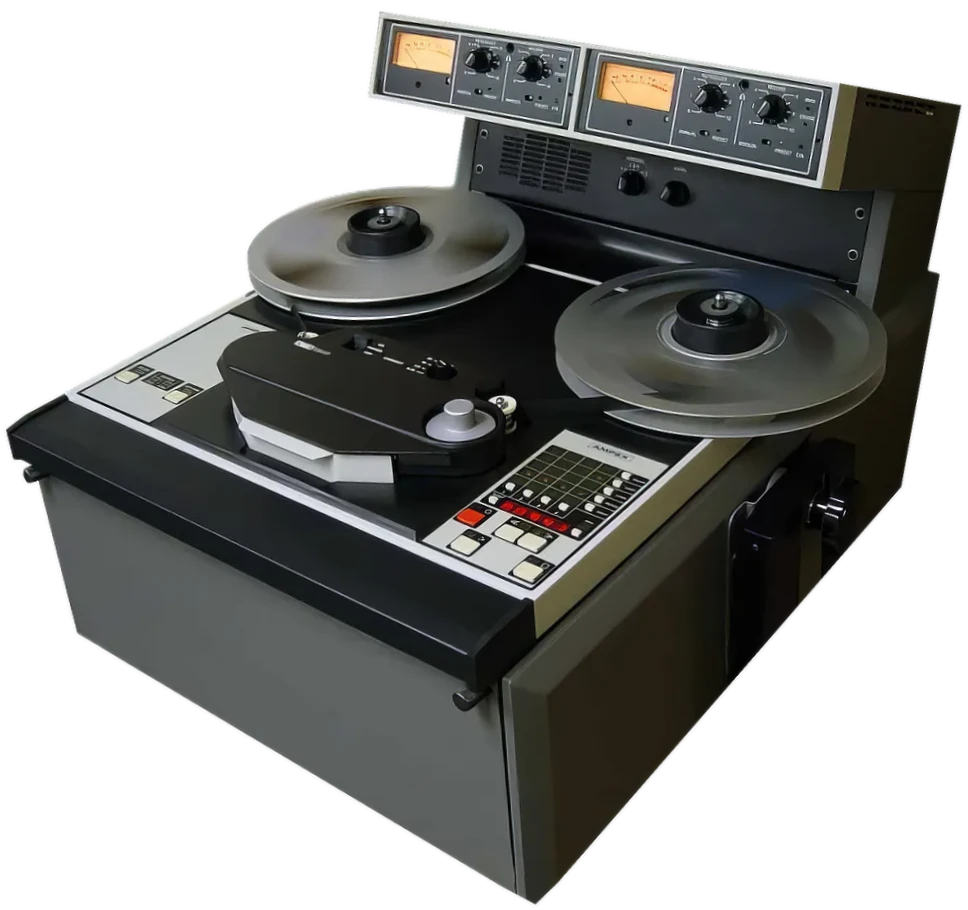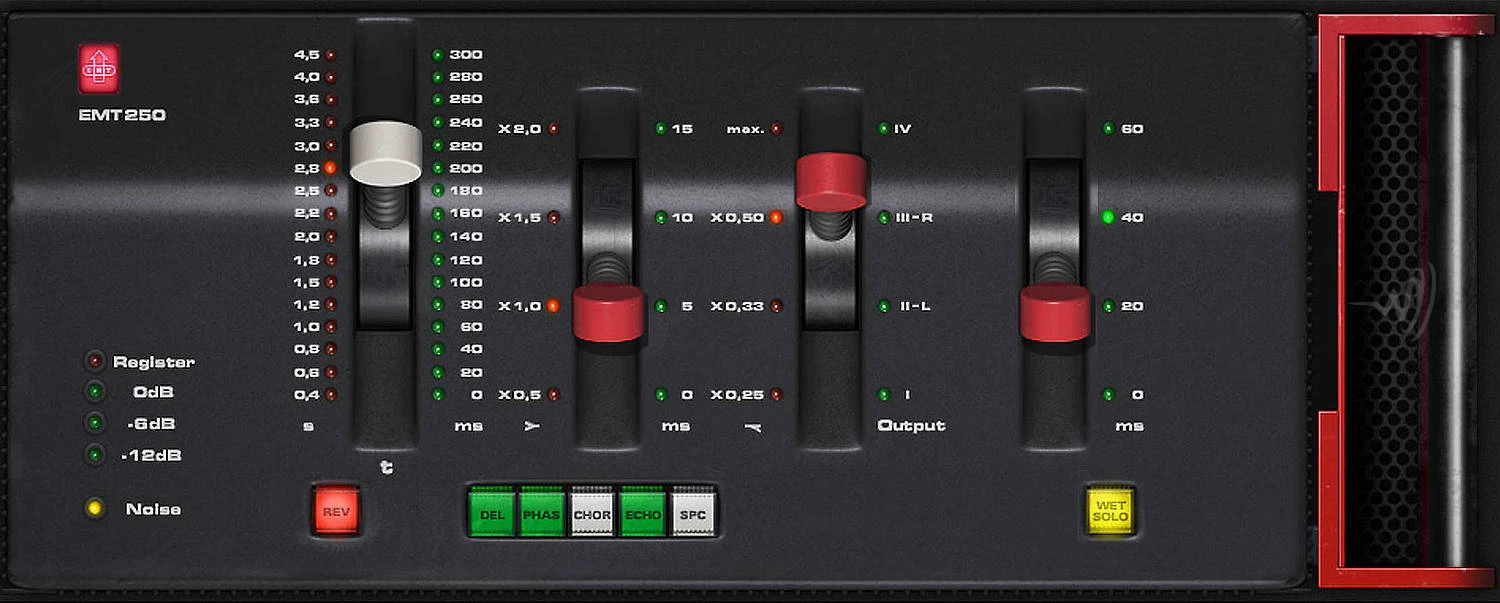Studio Gear Timeline
Our Studio Gear timeline now includes Audio Recorders and Classic Music Tracks to help place the gear within the history of recorded music. Any errors, please notify us using our contact form.
The Beatles
In October 1965, The Beatles recorded two new tracks for their annual December single: Day Tripper and We Can Work It Out. These songs are perfect examples of The Beatles’ ability to create catchy pop songs on demand. As one of their strongest singles, it was also the first to be released as a double […]
The Beatles
Eleanor Rigby stands out as one of Revolver‘s most remarkable tracks. This haunting portrayal of isolation and death was unique in that it featured no instrumental contributions from the Beatles themselves. Instead, the song relied on a stunning string arrangement by George Martin. Martin openly acknowledged that his arrangement was heavily influenced by film composer […]
Derek & The Dominos
Derek and the Dominos had a short career that lasted barely a year between 1970 and 1971, but in that time they recorded the album Layla and Other Assorted Love Songs. This record is widely regarded as Eric Clapton’s greatest achievement, and its centrepiece, Layla, remains his most iconic song. Released in March 1971, it […]
Lou Reed
Walk on the Wild Side by Lou Reed is a seminal track from his 1972 album Transformer. Co-produced by David Bowie and Mick Ronson, the song is a sultry, subversive tribute to the misfits and outcasts who populated Andy Warhol’s New York City scene in the 1960s. It was initially released as a single and […]
Linda Ronstadt
Linda Ronstadt’s single You’re No Good marked a turning point in her career, cementing her status as one of the leading voices in music during the 1970s. Although she had her first hit single with Different Drum in 1967 as part of The Stone Poneys, and had released a series of solo albums in the early […]
Led Zeppelin
Kashmir is one of Led Zeppelin’s most iconic and ambitious songs, released in 1975 on their sixth studio album, Physical Graffiti. Written by Jimmy Page, Robert Plant, and John Bonham, the track is known for its hypnotic, Eastern-influenced melody and grand, epic feel, standing out as one of the band’s finest achievements. It was never […]


































